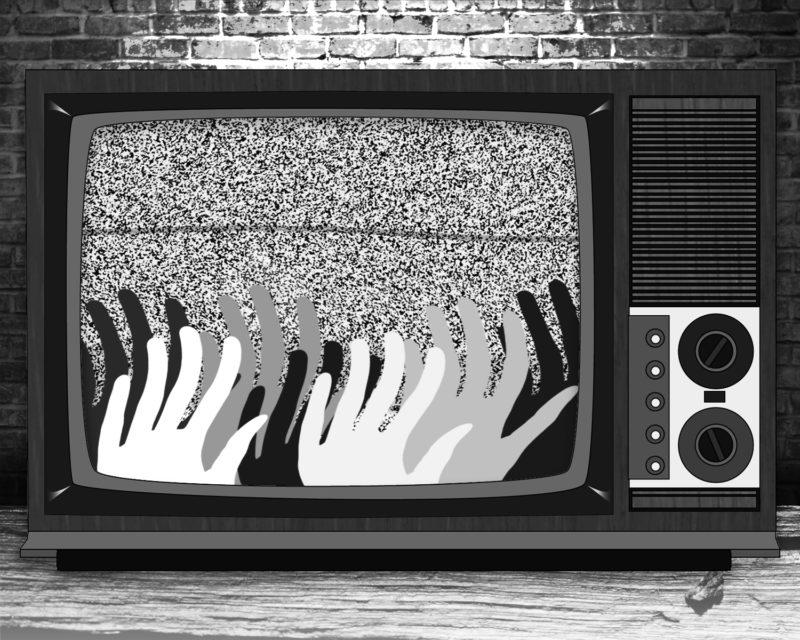Movies and television have struggled for decades with the inclusion of all races and genders in their lineup, both on-screen and behind the camera. It’s a vestige of a whitewashed American identity which is quickly fading. In fact, the most recent cover of WIRED declared, “From Netflix to FX, television finally looks like more of us “” all of us.”
It’s hard to disagree “” television is more diverse now than it has ever been, and movies “¦ well, they’re trying. But a more interesting metric for a cultural shift is not in the number of shows representing racially and gender-diverse characters, but the runtime of those shows. We’ve had diverse characters featured in half-hour sitcoms, but does that change extend to hourlong shows as well? The answer used to be no, but it’s quickly changing.
It’s hard for millennials to imagine this, but there was a time when television was considered a wasteland of content. It was a low-brow, hodge-podge of sitcoms and soaps. David Chase, the creator of “The Sopranos,” famously hated that he wrote for television, which is partially why his HBO megahit feels more like an extended movie than an hour-long cable drama.
In his book “Difficult Men: Behind the Scenes of a Creative Revolution,” Brett Martin traces television’s rise as a rich medium for character studies and deeply textured dramas. His through-line is a number of shows about (and created by) his titular men: “The Sopranos,” “The Shield,” “Deadwood,” “Mad Men,” “The Wire” and “Breaking Bad.” These were all, with the exception of “The Wire,” hour-long dramas about morally-decadent white men in their forties.
The key word being “hour-long”: it’s a metric that helps separate true diversity from something not very far from tokenism. Hour-long shows are usually dramas, while half-hour shows tend to be branded as sitcoms. Because of this, diverse casts were for many years relegated to the realm of sitcoms, while the Tony Soprano parts got written for (and by) white men.
If you’re not buying it, compare “Breaking Bad” with “Weeds.” These are both shows about someone in their forties living in the suburbs who starts selling drugs. Their premises are virtually identical, but “Weeds” has a female lead. Walter White gets an hourlong drama, while “Weeds” gets branded a sitcom and given 26 minutes.
The tide is turning, and diverse characters are finally receiving serious amounts of screentime. Netflix has “Orange is the New Black,” “Master of None,” and “Luke Cage,” an upcoming Marvel show whose titular character is a black superhero. ABC secret weapon Shonda Rhimes made “Scandal” and “How to Get Away with Murder,” which are both successful hour-long dramas with a black female lead. I like to imagine that Shonda Rhimes is the television executive equivalent of a snake charmer.
There are fun risks being taken at networks like the CW, where the lady-centric sitcom “Crazy Ex-Girlfriend” received an hour-long slot, something rare for a show so decidedly comedic. Its quad-Emmy success is revolutionary, not just for a female-led comedy, but for the full-length cable-sitcom format in general.
The lines are fading everywhere in terms of genre, length and audience expectations. We can and should keep asking for more. Transgender shows like “Transparent” and Asian-American sitcom “Fresh Off The Boat” are still in the half-hour arena, but will soon graduate into the hour-long stage.
WIRED was not overly optimistic: it is indeed a good time to look for diversity in your television screen. There are still some changes to be made “” Native Americans, for example, are nowhere to be seen in television (the helmets of NFL teams notwithstanding). If this trend continues, the TV box will soon represent the endlessly expansive American identity in increments of no less than 43 minutes, plus commercials.







